Growing up in the south of Essex in England, a car journey wasn’t complete without spotting an European Kestrel hovering above the roadside verge. We would see several birds on a short trip along the A13 road. For a period of time over the 1990s and early 2000s the Kestrel became a more unusual sight in Essex, and a sighting had almost become a cause for excitement. Like many birds of prey, population numbers are tied to the fortunes of their prey, which are affected by chemical usage and farming methods. When vole populations drop, so do kestrel numbers. I’m thrilled that during recent visits home I have found that Kestrels have returned to the skies of suburban South East England.
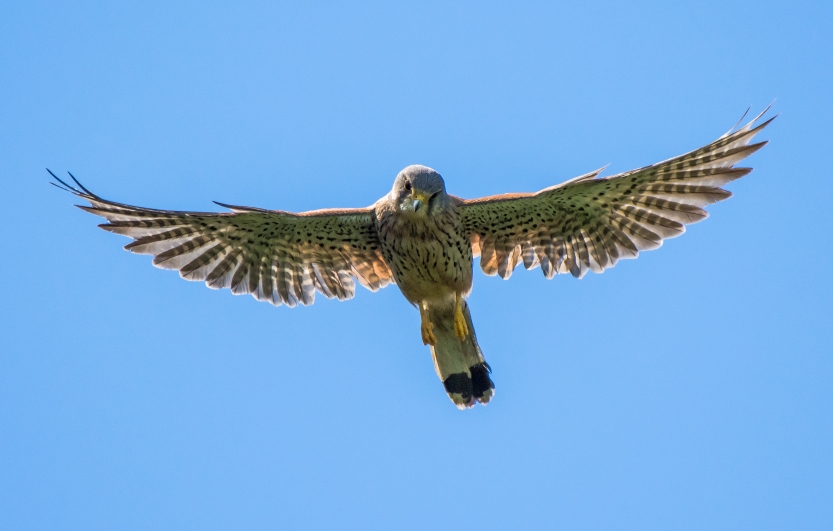
It was a warm July day in Weald Country Park in Essex. My family had a bag of feed for the Fallow deer herd that live in a fenced off area of the park. As the deer come to feed so do the usual opportunist suspect. The Jackdaws, the Black-headed gulls and even Mallards come waddling up from the pond. I guess that whatever is left by the deer and the scroungers is a buffet for rodents, because suddenly a beautiful male Kestrel appeared hovering over our heads. I fumbled for my camera and scrambled to move the sun from behind the bird, so I could catch a shot of the Kestrel mid-hover. Bam! Got it! The Kestrel shot that I’ve wanted for a while.
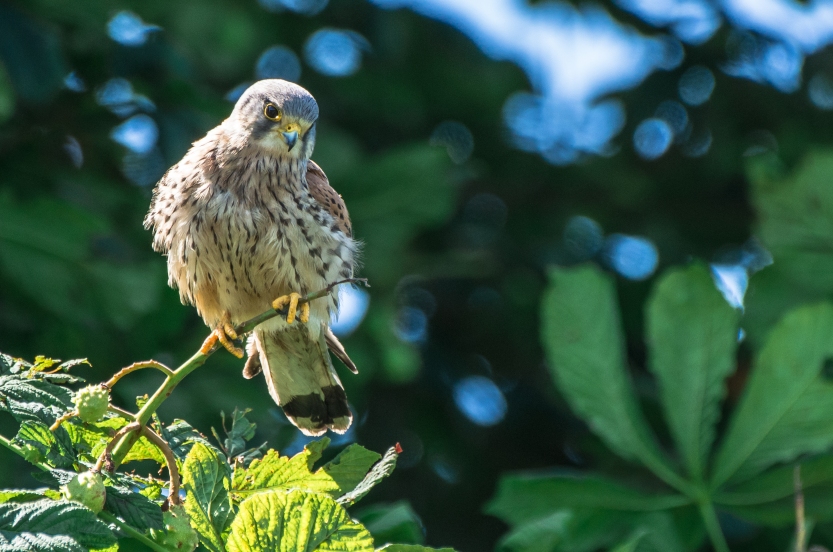
I need not have panicked, as the Kestrel banked to the right and stretched out his lemon colored legs before wrapping his needle talons around a thin branch of the nearby Horse Chestnut tree. Here he sat for just long enough to show off his magnificence to the camera. He cocked an eye towards me and with a little stretch positioned his rusted wings in an angel pose before lifting his legs and rolling away over the trees.
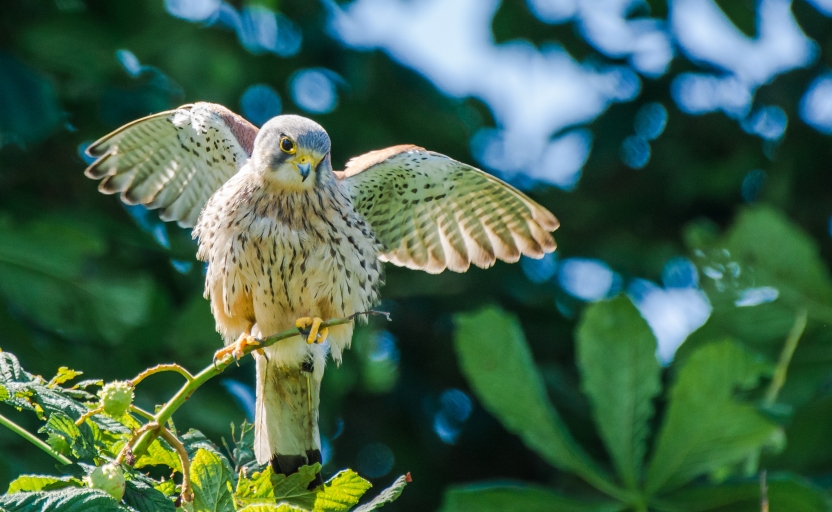
The Kestrel is a relatively small bird of prey. This pigeon sized member of the falcon family grows up to about 38 cm (15 inches), with a wingspan of up to 80 cm (31 inches). The female is a little larger than the male. The male is easily identified with his little grey flying helmet. The kestrel’s main hunting method is the hover. The bird appears to hang stationary in the air while making short wing motions. In reality the hover is achieved by the kestrel flying into a headwind while maintaining the exact same speed as the headwind.
The Kestrel’s preferred hunting grounds appear to be grassland and road or rail verges that remain unmanaged by humans. This is the perfect place to find small rodents or large insects. The straw grasslands of a dry summer in South East Essex provide the perfect habitat to raise a family.

During another visit to the same park I walked to the cafe to buy a cup of coffee when a flash of rust swooped up on to the apex of a roof opposite. A beautiful male Kestrel sat studying the tangled grass below for signs of a shrew or a fat juicy beetle. I had never seen a Kestrel hunting without its trademark hover, or certainly not at a close enough range to watch is eyes scanning the ground. Suddenly the feathers tightened, and he plunged down, landing just behind a fence. I assume he made a catch as he didn’t swoop back up again.
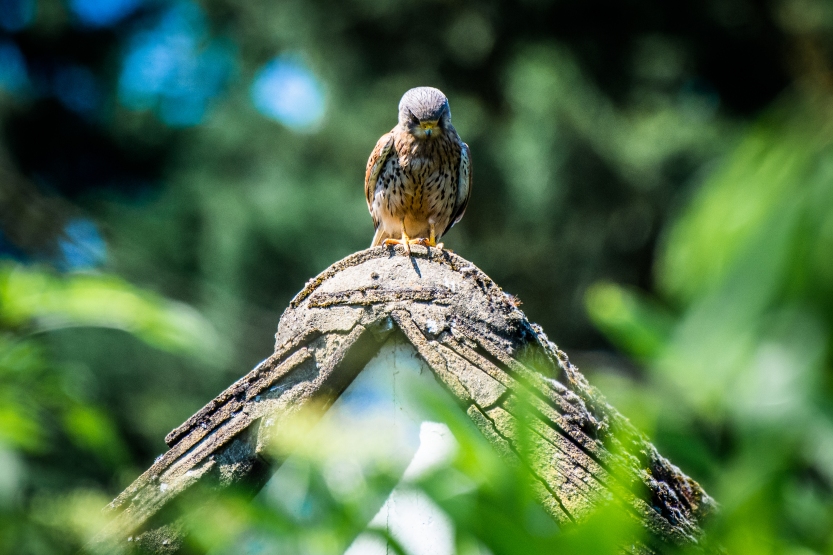
A couple of days later I visited the local Thameside Nature Park. I set off into the long grass with the intent of photographing some Skylarks that I had spotted on the drive into the park. The first bird to cruise through the clear blue sky was a female Kestrel, complete with a vole hanging from her talons as she made her way back to the nest.
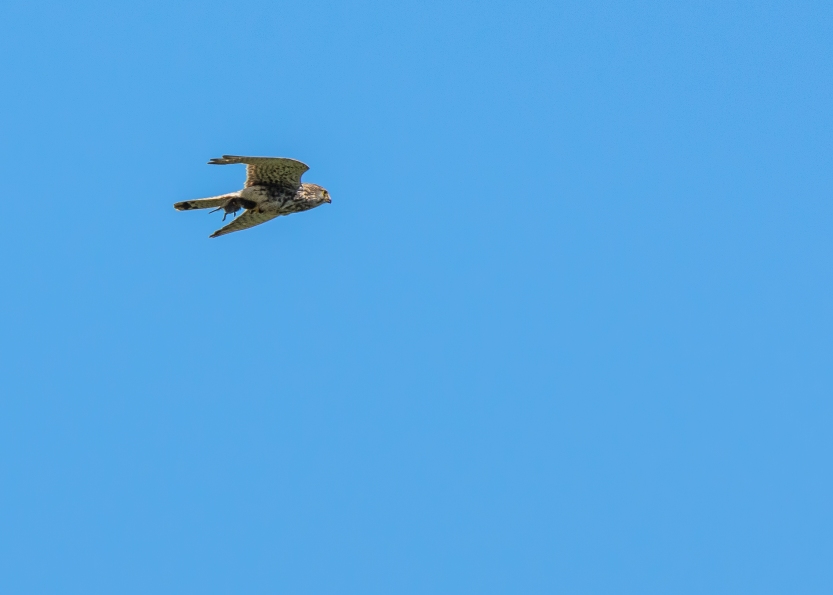
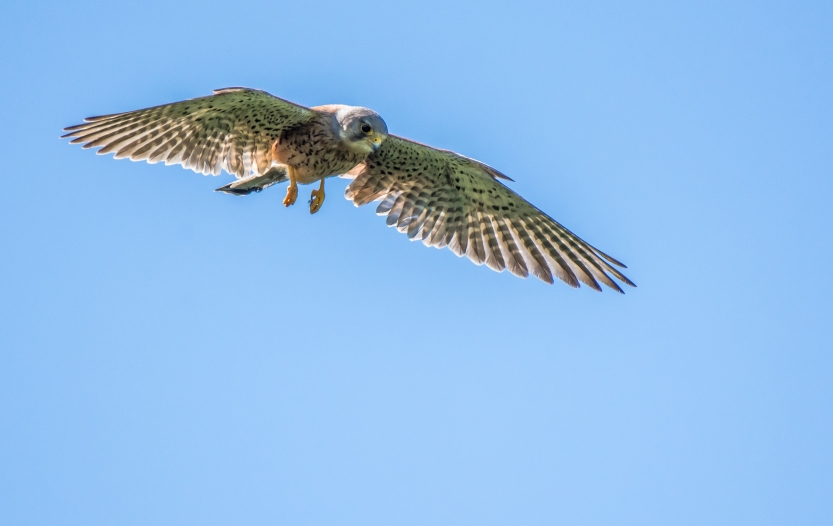
My recent visits home have been particularly encouraging as I have seen Kestrels at several parks and gardens. The Kestrel learned to live successfully around humans, but due to ongoing changes in farming methods they have been forced to continue to evolve how they feed and breed. Survival is about who can adapt to change and thankfully, the Kestrel has been able to do so. The increase in numbers of this little terracotta warrior of the sky is a welcome, and long overdue sight above the meadows and roadsides of Essex.
Join the conversation below. 👇👇👇 What has been your Kestrel experience? Perhaps You have encountered similar kestrel species around the world.
Connect others with wildlife by sharing this post on social media and, if you enjoyed this post, please follow Incidental Naturalist.
Categories: United Kingdom
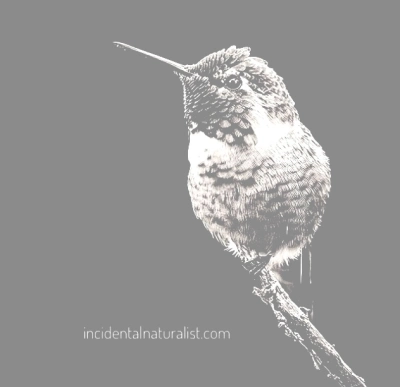


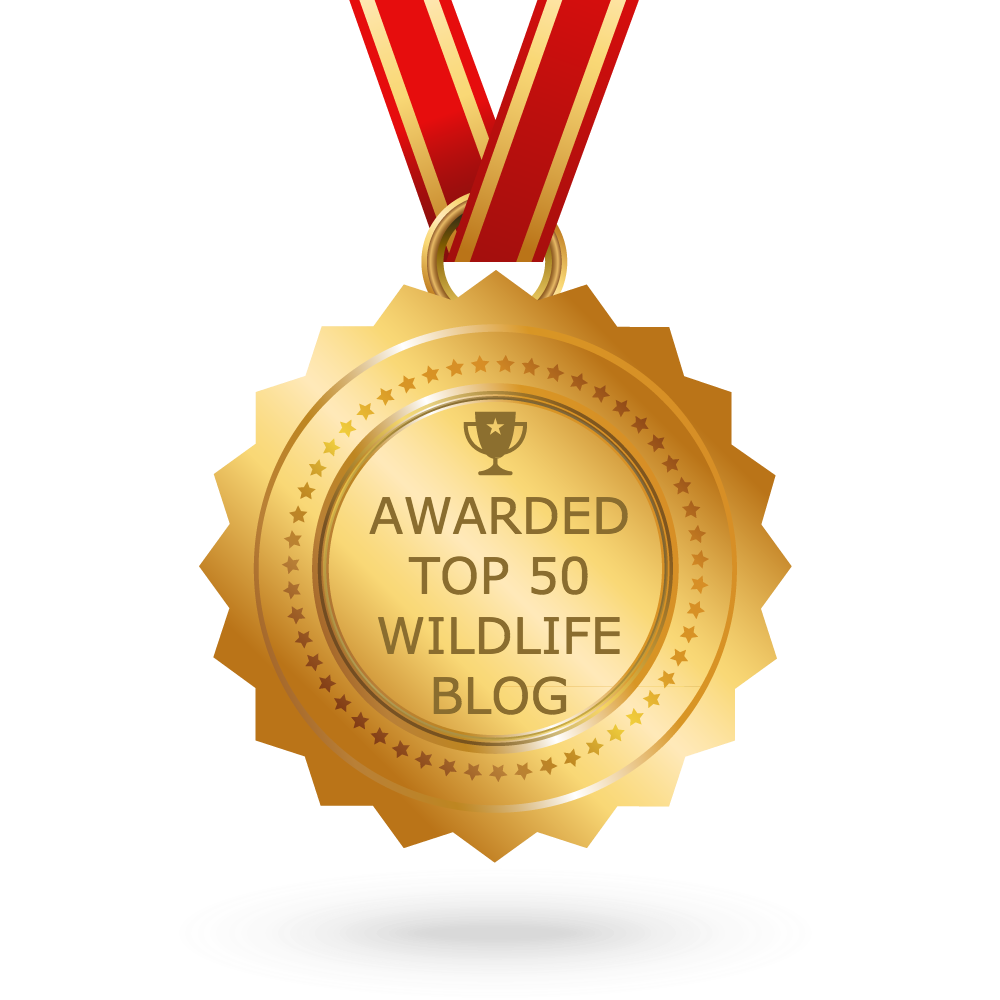

These photos are incredible! I need to keep an eye out for kestrels! We have kites round us and it’s amazing to watch them dive right in front of us. They really have adapted to living around people and have no fear at all.
LikeLiked by 2 people
Oh wow! Kites are beautiful. Last week I took my first ever photo of a Red kite, in the UK. Gorgeous birds that have bounced back from close to extinction to thrive in the skies over Britain.
LikeLiked by 2 people
Yes-beautiful!always find myself in awe at them!
LikeLiked by 2 people
@tingsha — Agreed, amazing photos! My local kestrels are often perched on telephone wires between open fields, but I never get this close a look!
LikeLiked by 2 people
Thank you! A good zoom lens helps but I was very lucky to get so close.
LikeLiked by 1 person
Great shots. The one with the foliage in the bottom left is magnificent. Beautiful natural illumination of the flight feathers and well composed overall. I do love kestrels: angelic yet formidable (particularly to voles)
LikeLiked by 2 people
Thanks for the kinds words! I was thrilled to get so close to this wonderful bird. Definitely a nemesis to the vole, though.
LikeLiked by 1 person
Fabulous photos David. I could feel your joy in seeing the kestrels, and in getting the shots. I was recently on a boat in a small bay in Japan and had a chance to photograph hovering sea eagles. Magic!
Alison
LikeLiked by 2 people
Hi Alison! Thanks for the kind words. Wow, I would love to see the sea eagles in Japan. I’ve been there but didn’t get to see them. Maybe next time! 😊
LikeLiked by 2 people
Gorgeous photos as usual. And thanks for the education re kestrels. Glad to hear that they are making a comeback. It seems almost all wildlife today is under threat of extinction . You might enjoy our current post on eagles in India.
Peta
LikeLiked by 2 people
Hi Peta, thank you as always for the kind words. I’ll definitely check out the eagles post later. It is true that a great deal of wildlife is in trouble, but we could also do better at sharing the good news stories where wildlife is making a comeback. We have to find inspiration and encouragement somewhere. 😊
LikeLiked by 1 person
Hi David, American kestrel sighting have become much less frequent in my part of the US. I’d heard this was due to people shooting them in Central and South America during their annual migrations, but I don’t have any evidence to back that up. This Spring I’ve already seen one kestrel, my first in many years.
LikeLiked by 2 people
Hi Josh! Yes, I’ve found the American kestrel a little elusive, but I did see a lot on the west coast in November. This was encouraging. I still see the occasional bird in New Jersey.
LikeLiked by 2 people
I used to see American kestrels whenever I was in farm country in Northeast Ohio during the Spring and Summer, but sightings have definitely declined. I’m glad you saw many of them on the west coast!
LikeLiked by 2 people
“) David, your posts are always gems. Thank you ongoing for the education about both wildlife and the environment. I love your line, “Survival is about who can adapt to change…” – so applicable to all of life, multiple levels. Let’s hope to keep adapting while we create positive, supportive changes. – PS”) I once saw saw a bird of prey capture a vole dashing across a city street at sundown. The bird seemed to pause mid air in the way you describe; silent, fast, seemingly effortless. Perhaps it was a Kestrel! I know we have them here =)
LikeLiked by 2 people
Thank you as always, Lara! Yes, I have been watching a few birds recently and wondering why it is that some survive, and others are threatened. That ability to adapt and change seems to be essential to success. It is certainly the case for humans. We can all do something small to create positive change. I try to, and I know that you also try to do so. Lots of small actions add up! It sounds like you saw an American kestrel. They are a nemesis of voles!
LikeLiked by 2 people
“) Grass roots – it all adds up exponentially if we all take part. – I’ll look up the American Kestrel! It was amazing to see that bird holding its position so low to the ground before swooping in on the vole. A friend and I were trying to cheer the vole on to make the other side of the street (tried to stop it first, but the vole wouldn’t have it). The vole was a step away from the curb when the kestrel dropped in, hovered, and grabbed it. An intense nature “show.” – Looking forward to your next post, David!
LikeLiked by 2 people
It’s been a long time since I’ve visited wordpress! I’m so glad you’re still writing here! It is really a beautiful work of art, what you’re putting here. Hope you’re doing great 😀
LikeLiked by 2 people
Thank you so much for the kind words! 😊 it is tough to find the time to stick with it so it makes it all the sweeter to get thoughtful comments like this.
LikeLiked by 1 person
exquisite photos. wonderful read
LikeLiked by 2 people
Oh wow, thank you for those kind words. Very encouraging! 🙏
LikeLiked by 2 people
Thanks, actual it my first time hearing the name and seeing it.
LikeLiked by 2 people